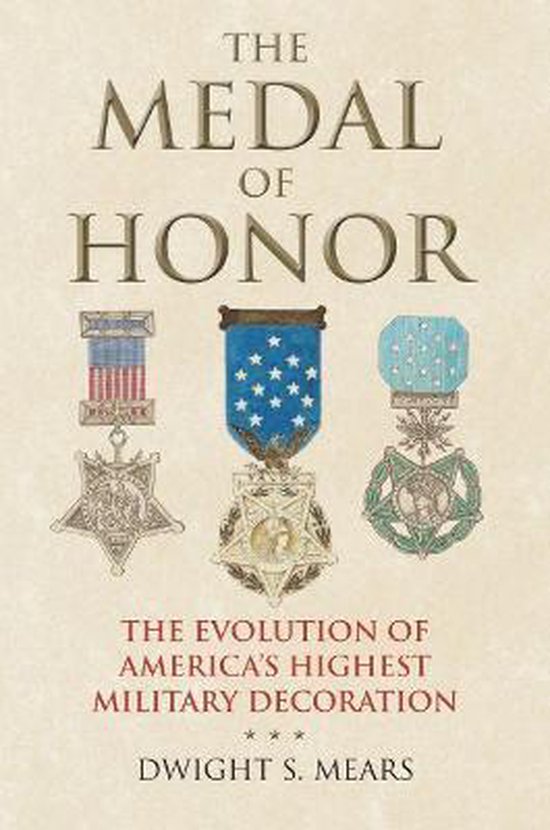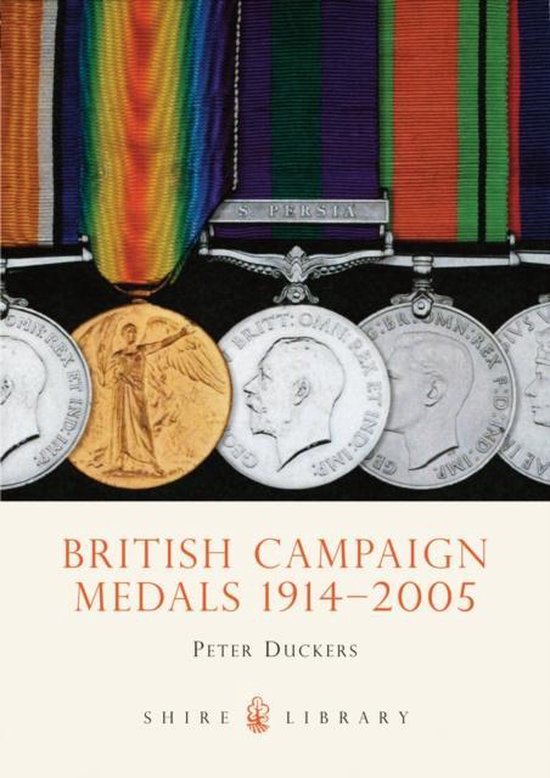
The Medal of Honor
The Medal of Honor may be America’s highest military decoration, but all Medals of Honor are not created equal. The medal has in fact consisted of several distinct decorations at various times and has involved a number of competing statutes and policies that rewarded different types of heroism. In this book, the first comprehensive look at the medal’s historical, legal, and policy underpinnings, Dwight S. Mears charts the complex evolution of these developments and differences over time.
The Medal of Honor has had different qualification thresholds at different times, and indeed three separate versions—one for the army and two for the navy—existed contemporaneously between World Wars I and II. Mears traces these versions back to the medal’s inception during the Civil War and continues through the ongoing wars in Iraq and Afghanistan—along the way describing representative medal actions for all major conflicts and services as well as legislative and policy changes contemporary to each period. He gives particular attention to retroactive army awards for the Civil War; World War I legislation that modernized and expanded the army’s statutory award authorization; the navy’s grappling with both a combat and noncombat Medal of Honor through much of the twentieth century; the Vietnam-era act that ended noncombat awards and largely standardized the Medal of Honor among all services; and the perceived decline of Medals of Honor awarded in the ongoing Global War on Terror.
Mears also explores the tradition of awards via legislative bills of relief; extralegislative awards; administrative routes to awards through Boards of Correction of Military Records; restoration of awards previously revoked by the army in 1917; judicial review of military actions in federal court; and legislative actions intended to atone for historical discrimination against ethnic minorities. Unprecedented in scope and depth, his work is sure to be the definitive resource on America’s highest military honor.
The Medal of Honor has had different qualification thresholds at different times, and indeed three separate versions—one for the army and two for the navy—existed contemporaneously between World Wars I and II. Mears traces these versions back to the medal’s inception during the Civil War and continues through the ongoing wars in Iraq and Afghanistan—along the way describing representative medal actions for all major conflicts and services as well as legislative and policy changes contemporary to each period. He gives particular attention to retroactive army awards for the Civil War; World War I legislation that modernized and expanded the army’s statutory award authorization; the navy’s grappling with both a combat and noncombat Medal of Honor through much of the twentieth century; the Vietnam-era act that ended noncombat awards and largely standardized the Medal of Honor among all services; and the perceived decline of Medals of Honor awarded in the ongoing Global War on Terror.
Mears also explores the tradition of awards via legislative bills of relief; extralegislative awards; administrative routes to awards through Boards of Correction of Military Records; restoration of awards previously revoked by the army in 1917; judicial review of military actions in federal court; and legislative actions intended to atone for historical discrimination against ethnic minorities. Unprecedented in scope and depth, his work is sure to be the definitive resource on America’s highest military honor.
| Auteur | | Dwight S. Mears |
| Taal | | Engels |
| Type | | Hardcover |
| Categorie | | Geschiedenis |


